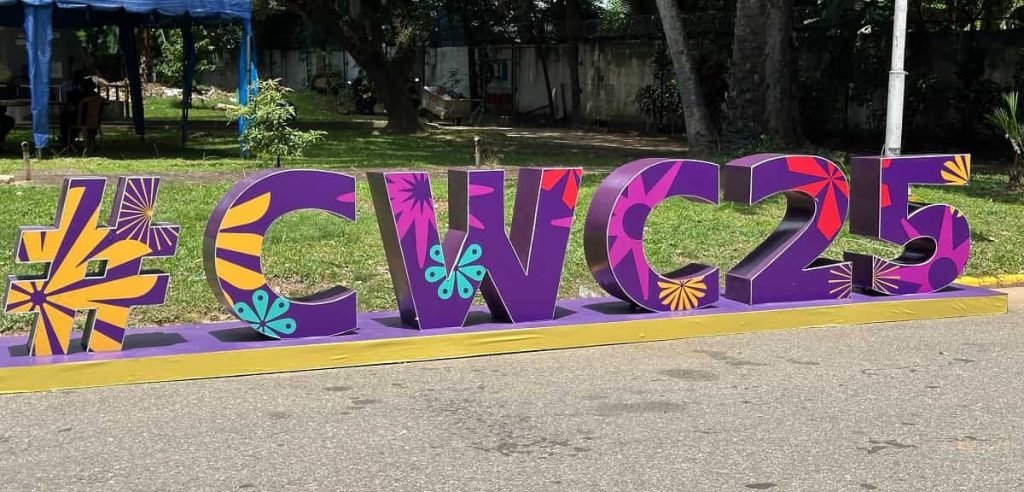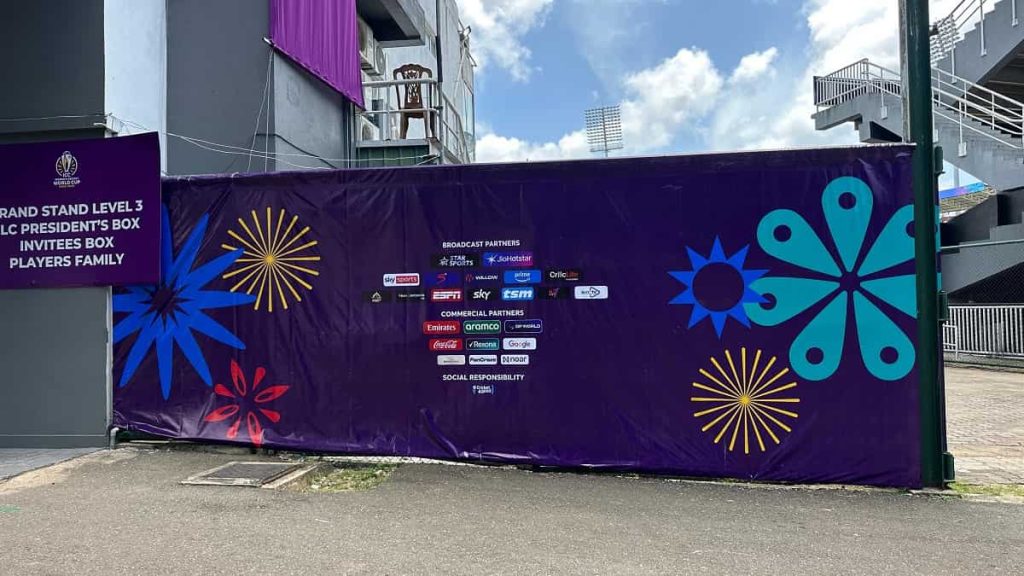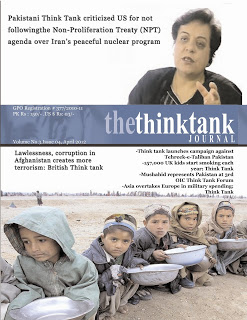The ICC Women’s ODI World Cup 2025, being co-hosted by India and Sri Lanka from September 30 to November 2, has contining with a mix of fierce competition and festival-like spirit. India, as the primary host, has brought its huge resources and world-class venues into play. The opening match at Barsapara Cricket Stadium in Guwahati drew a record crowd of 22,843 fans, setting the tone for a grand tournament.
But while India showcases scale and wealth, Sri Lanka’s role is winning praise for efficiency and cultural flair. The Sri Lanka Cricket Board (SLC) has been given the responsibility of hosting all of Pakistan’s group-stage games and up to 13 matches in total, all at R. Premadasa Stadium in Colombo. Despite working with a far smaller budget compared to the Board of Control for Cricket in India (BCCI), which earns about $2.25 billion annually, SLC has shown how passion and smart planning can create a world-class cricketing experience—especially in the sensitive context of India-Pakistan matches.

Stadium Splendor in Colombo
The R. Premadasa Stadium, a 35,000-capacity lotus-inspired venue, has become the centerpiece of Sri Lanka’s hosting duties. For the first match in Colombo—Pakistan vs Bangladesh on October 2—the stadium was beautifully decorated with ICC teal and gold banners, along with Sri Lankan cultural motifs like lotus flowers and ocean waves.
Fans were welcomed with LED-lit garlands of frangipani and coconut leaves, while digital scoreboard projections blended player highlights with firefly animations, symbolizing Sri Lanka’s glowing coastal shores. The atmosphere gave fans a magical and immersive cricketing experience.
Fan-Centered Experience:
Sri Lanka has also focused on making cricket accessible to everyone. The SLC introduced:
Free entry for youth sessions to inspire the next generation. Family enclosures with shaded seating and play zones for children. Affordable local food such as string hoppers and king coconuts, ensuring fans enjoy the game without spending too much. This inclusive approach has drawn diverse crowds and created a lively, unified atmosphere at Pakistan’s matches.
SLC’s Smart Operations:
- Eco-friendly shuttle buses from Colombo airport cut travel time to under 90 minutes.
- Hybrid vehicles reduced the tournament’s carbon footprint.
- Upgraded practice pitches with fresh turf and video analytics matched international standards.
- A 2,000-strong volunteer team, mostly women from local clubs, managed logistics, waste reduction, and broadcasting support.
Unlike India’s multi-city setup, which involves expensive logistics and huge investments, Sri Lanka relied on tourism partnerships, community support, and smart use of technology. Their app-based ticketing system launched in August gave priority to underserved fans and even included real-time monsoon alerts—a vital tool for Colombo’s rainy season. The smooth organization earned ICC praise, with officials calling it a “pioneering neutral hosting model” for politically sensitive tournaments.

India’s Scale vs. Sri Lanka’s Ingenuity
India’s side of the World Cup reflects big budgets and star power, with matches spread across venues like Holkar Stadium in Indore (October 1: Australia vs New Zealand) and ACA-VDCA in Visakhapatnam. Backed by IPL-sized revenues, BCCI has delivered lavish productions and high-tech fan experiences.
Sri Lanka, however, with one-tenth of India’s population and a fraction of its cricket budget, has managed to punch well above its weight. From locally crafted Vesak-style lights to volunteers from tea estates guiding fans, the tournament in Colombo has carried a genuine community-driven flavor. Partnerships with SriLankan Airlines ensured smooth arrivals for teams, completing the efficient setup.



